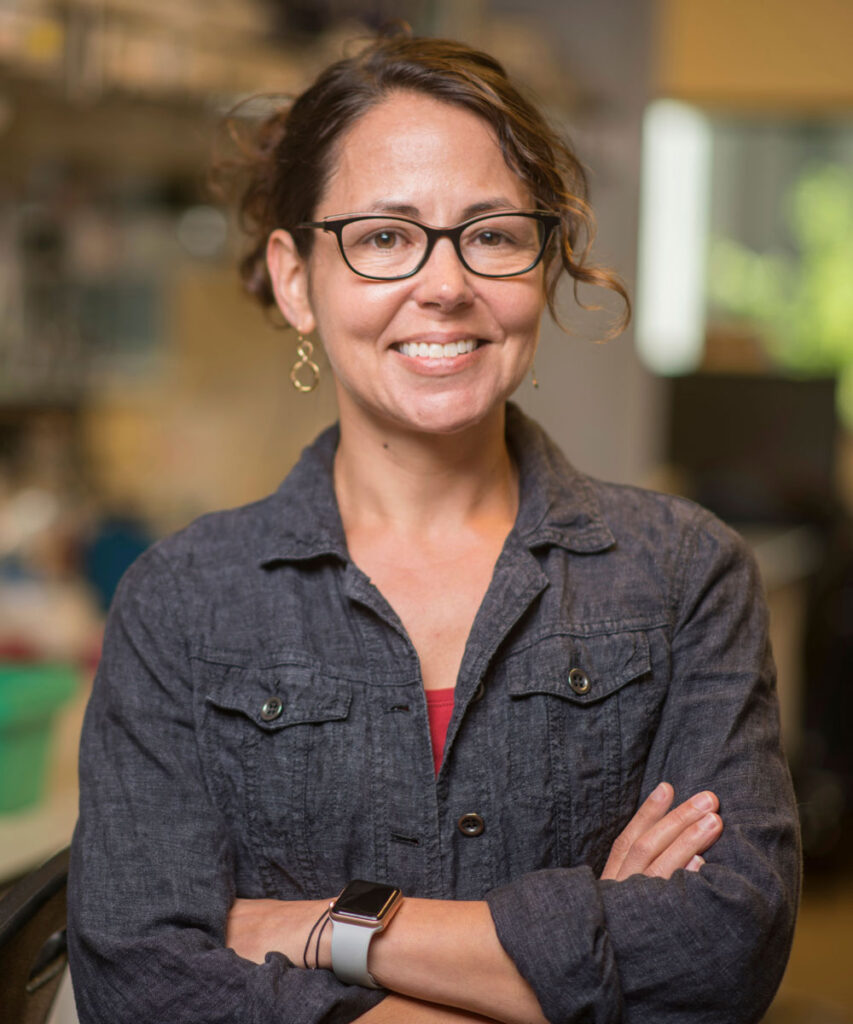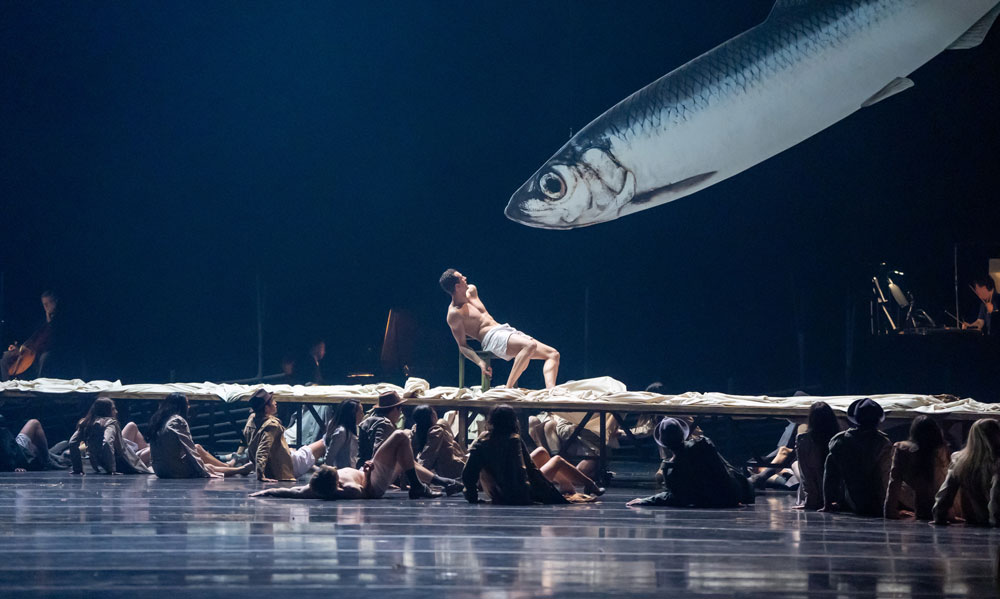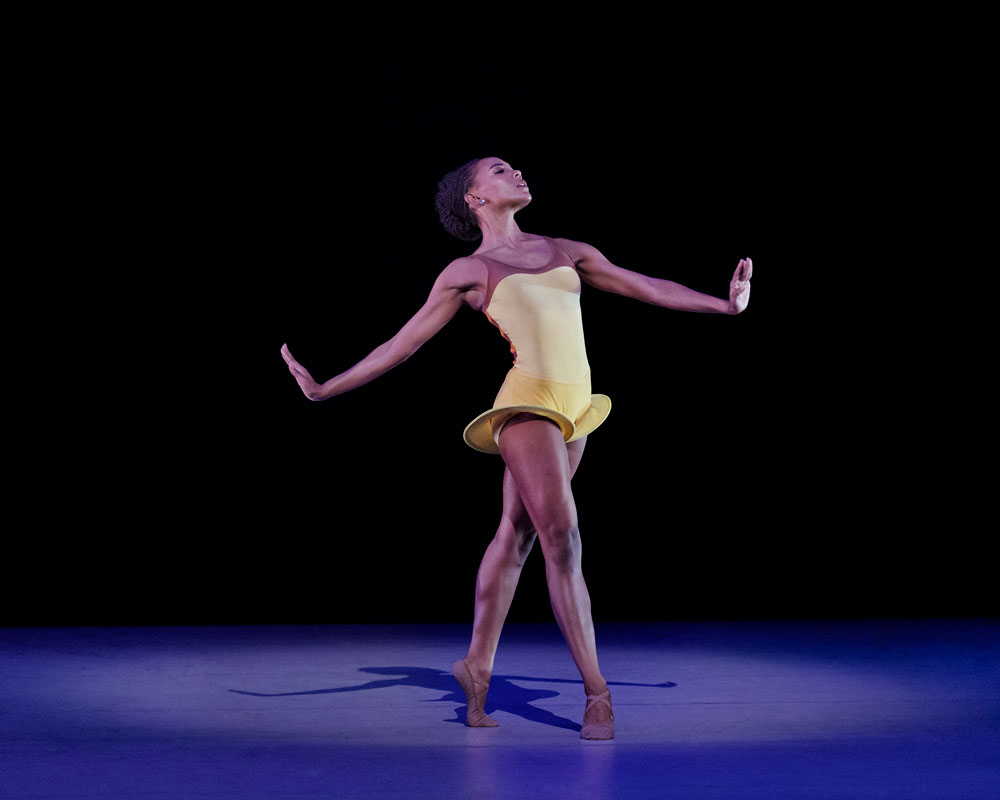
Gaining a fuller appreciation of our planet’s true dynamism may be an unspoken by-product of the National Geographic Live series held in performing arts centers around the country and abroad. Allowing adventurers, scientists, film makers and photographers to tell their stories of exploration before inquisitive audiences has proven an effective way of expanding our knowledge of the world and ourselves.
Attracted by the enticing title, How to Clone a Mammoth, the curious and the intrigued found their way to the Auditorium Theater Sunday afternoon to hear about the little-known discipline of paleogenomics. A field of study that attempts to reconstruct and analyze genomic information in extinct species, it holds the key to a wide swath of scientific possibilities involving specie preservation.
Evolutionary biologist Beth Shapiro, named a MacArthur Fellow in 2009 for her work on how evolution occurs over time, conducted the presentation and kept her remarks clear, crisp and rich in interest as she explained the current science on cloning. A Professor of Ecology and Evolutionary Biology at UC Santa Cruz and Director of the UCSC Paleogenomics Lab, Shapiro’s research often takes her to the Arctic, Russia and the Canadian Yukon to collect specimens of “ice age giants” like mammoths and saber-toothed cats. Accessing specimens she and her team need to conduct their research often means scouring through permafrost and camping on tundras blanketed in mosquitoes. Detailing the physical hardships researchers endure to gather material for analysis revealed how far from the lab scientists go to collect foundational raw material.

Sharing the many difficulties tied to cloning any species, whether an ice age mammal or one hovering on the lip of extinction today, was clearly one of the professor’s central objectives in her 90-minute talk. Using her work with the flightless Dodo as an example, she recalled the arduous and elaborate steps taken to recreate the extinct bird’s complete genomic profile. Unlike the genetic signature that’s tied to heredity, genomics centers on the number and arrangement of chromosomes that define individual species. Ancient tissue like that of the Dodo lacks both the stability and the completeness found in living tissue; making the effort to reassemble its genomic code tedious, laborious and complex.
While not explicitly moving from a discussion on the process and feasibility of cloning mammoths, the professor shifted her focus to encompass extinction concerns we face today. By raising the current dilemmas of the Florida panther and the black footed ferret, and by recalling the tragic extinction of the passenger pigeon; she crystallized how different and unique each species’ fight for survival is.
From a population that counted in the billions in the 1800s, it took only 50 years for the passenger pigeon to become extinct through hunting and unmitigated slaughter. Like the mammoth, it has been a favorite candidate of de-extinction proponents. But as Professor Shapiro asked, “What kind of habitat would the passenger pigeon enjoy should it be resurrected?” The same sentiment might apply to the mammoth. Bringing back long lost species is not a concept that needs to be abandoned, but saving existing species would make a more conscientious priority.

Challenges facing preservation efforts can vary as widely as the species who now find themselves on the brink of extinction. The Florida panther is getting a reprieve because both the problem and the solution were straightforward. By facilitating the breeding of panthers with like species in other parts of the country, the cat may see a resurgence in Florida. Pragmatic fixes like that don’t exist for the ferret and thousands of other endangered animals. Cloning replicates deficiencies as well as standard physical attributes. In the case of a successful clone of the black footed ferret, a defect preventing the original population from conceiving offspring was carried over to the clone. Science will eventually find a way around these types of hurdles, but solutions will require more time and more investment.
Shapiro sees hope in both. Contributing heavily to Colossal, a company made up of scientists and entrepreneurs dedicated to bringing back the mammoth, tech companies may also be funding solutions that will help today’s endangered species. A consultant with the firm, Professor Shapiro sees first hand how the real time advances the company’s making will benefit species like the black footed ferret as well as the woolly mammoth.
As she shared with the audience at the Auditorium and the New York Times, “scientists may be able to use Colossal’s advances to save species under threat from diseases by endowing them with genes for resistance to a pathogen”. She went on to predict how genes in other species could be enhanced to “better tolerate heat and drought brought on by climate change”.
Seeing eight ton mammoths roaming the Siberian tundra may still be somewhere in the distant future, but the science that’ll make it happen holds a wealth of promise today. It’s that kind of news that the National Geographic Live series specializes in heralding.
How to Clone a Mammoth
March 26th, 2023
Auditorium Theater
50 Ida B. Wells Drive
Chicago, IL 60605
On April 30th, National Geographic Live will present Coral Kingdoms and Empires of Ice featuring the underwater photography of David Doubilet and Jennifer Hayes.
www.auditoriumtheatre.org


